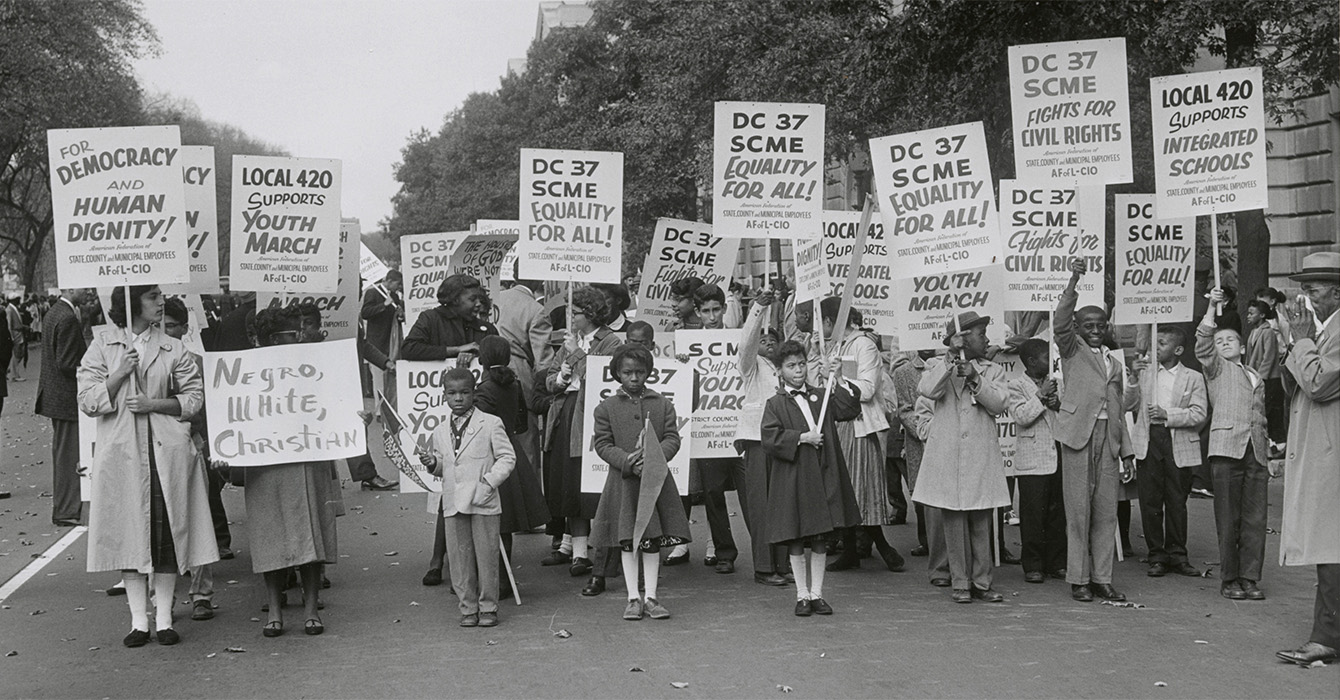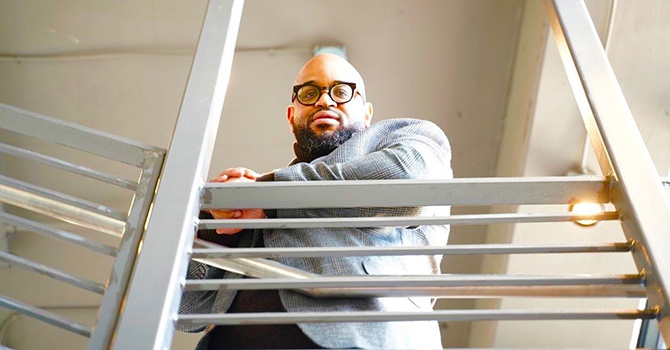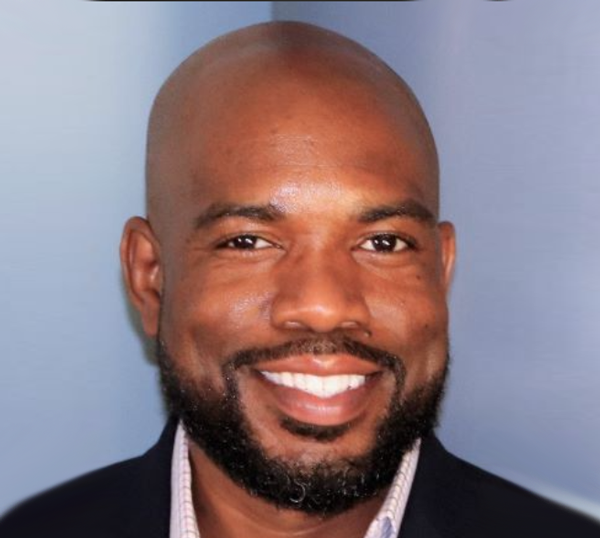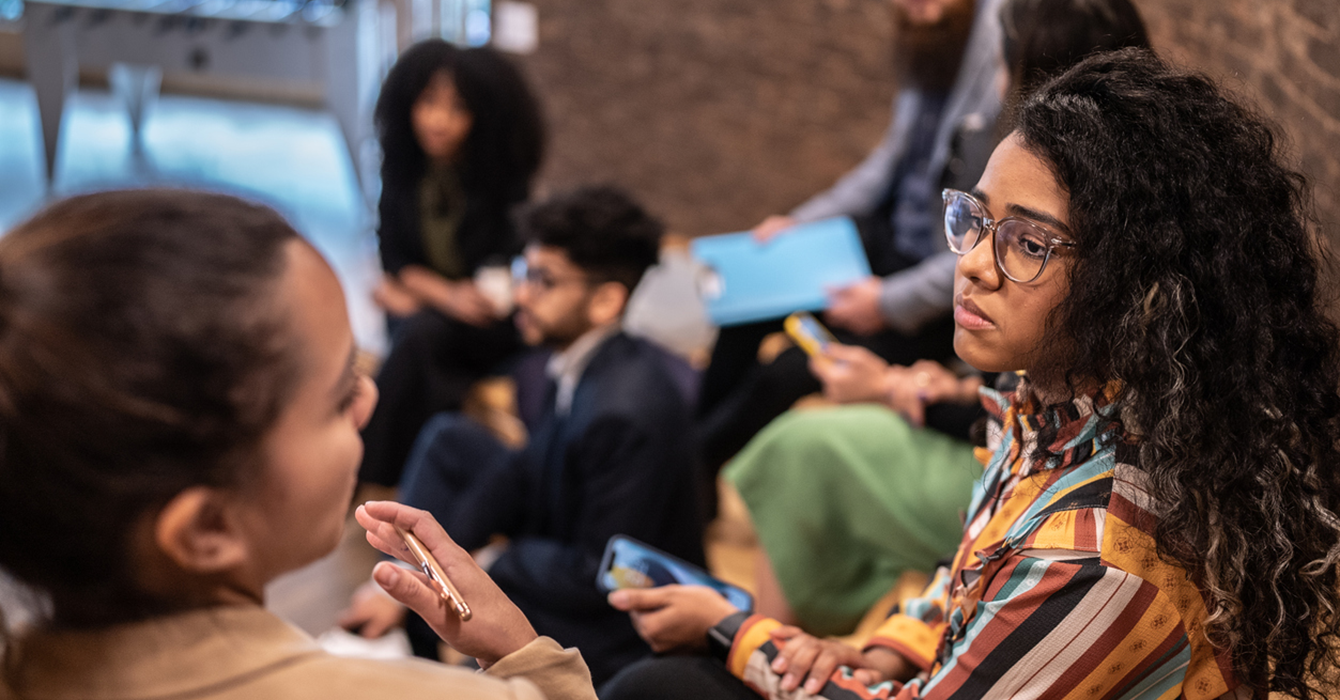Universities today must think differently about how they partner with and engage communities, said Earl Lewis, the president of the Andrew W. Mellon Foundation. But they must also take a critical look at themselves.
“In some ways, the future of American higher education requires that universities not only think of partnerships with communities,” Lewis said, “but also turn the lens of analysis on themselves and ask, ‘What can we do to improve ourselves so that we are around for much longer and in a better position to partner with?’”
One of the challenges universities face is how to become more efficient in order to protect what seems like “inefficiency” to the outside world -- hours spent in the library or reading or working in the lab on a project that doesn’t produce the desired result.
“To the outside world, that looks highly inefficient, but it is what enables creativity, new knowledge production, new art,” he said. “The protection of that inefficiency is one of the challenges. But are there areas where you can enhance efficiency, to allow for and to ensure inefficiency?”
 Lewis was elected president of the Mellon Foundation in 2012 after serving on the foundation’s board of trustees. He has an undergraduate degree in history and psychology from Concordia College in Moorhead, Minnesota, and a Ph.D. in history from the University of Minnesota.
Lewis was elected president of the Mellon Foundation in 2012 after serving on the foundation’s board of trustees. He has an undergraduate degree in history and psychology from Concordia College in Moorhead, Minnesota, and a Ph.D. in history from the University of Minnesota.
A social historian, Lewis has held faculty appointments at the University of California at Berkeley, the University of Michigan and Emory University. Before joining the Mellon Foundation, he was provost and executive vice president for academic affairs and the Asa Griggs Candler Professor of History and African American Studies at Emory.
He was at Duke recently to deliver the 2014 Civic Engagement Distinguished Lecture and spoke with Faith & Leadership. The following is an edited transcript.
Q: As president of the Mellon Foundation, what is your perspective on higher education and its role in civic engagement?
Universities have traditionally had multiple entry points, so to community leaders and members, they often appeared like a maze, with no clear pathway to the right person or entity to partner with.
Also, well into the 1990s, universities often viewed the community as having deficits or problems that the university would come in to help assess and solve. Somewhere in the late 1990s/early 2000s, more and more community groups said to universities, “We actually have assets. What we need is your assistance in figuring out how to mobilize those assets in a way to benefit our communities.”
So the partnership model began to change. Communities said, “We no longer want to be the mere subjects of your studies.” They wanted to be co-authors and work with universities in designing the projects that will be part of their future development.
They also wanted universities to think about a different timeline. Universities usually think in three- and five-year timelines. They’re bound by tenure and promotion clocks. But the issues confronting communities don’t fit those time frames; they’re not framed by when an individual may be promoted or tenured, and that required a renegotiation.
So universities need to think more broadly about how we engage communities. They are anchor institutions that employ a number of people and have been around for a long time. And they also need to ask critical questions about higher education.
In some ways, the future of American higher education requires that universities not only think of partnerships with communities but also turn the lens of analysis on themselves and ask, “What can we do to improve ourselves so that we are around for much longer and in a better position to partner with?”
The joy of university life is a certain level of inefficiency -- the ability to spend time in the library, to think through a new thought, to read or work in a lab for hours only to get it wrong before you make an advance. To the outside world, that looks highly inefficient, but it is what enables creativity, new knowledge production, new art.
The protection of that inefficiency is one of the challenges. But are there areas where you can enhance efficiency, to allow for and to ensure inefficiency?
Q: What’s the role, if any, of faith institutions in that work of civic engagement in higher education?
Faith institutions have played a profound role in most societies for a long time, whatever the religious background. They are places where our students go sometimes to interact with individuals they wouldn’t have interacted with before, be it at soup kitchens or whatever. They are places where students and faculty go to ensure their own spiritual development. If your goal is to educate the whole person, churches and synagogues and mosques play a part in that.
For those of us who were born in the 1940s and ’50s, we think of generations in 25-year terms. For people born in the digital age, a generation is 18 months. It’s the cycle of the next technology. That is the space in which we live. Add to that the 24/7 news cycle, where news is coming at us faster and faster, and you realize we’re dealing with ruptures in time that require us to find places where we can step back and make sense of ourselves.
Faith institutions are an important part of the matrix of institutions and remind us of what it is to be human.
Q: You’ve made many transitions in your career, from professor to university administrator to president of a foundation. What are the different skills you’ve had to have at each stage, and what were the lessons as you made these transitions?
When I finished graduate school at the University of Minnesota circa 1984, I was offered a job at the University of California, Berkeley, and I imagined being a professor for the rest of my life. That’s what I had been trained to do.
But I also decided early on that one of my jobs was to make sure I trained the next generation of scholars. So I would select one or two students and say, “All right, I’m going to write my own work, but I’m going to write something with one of my students,” so that I could actually help this student think about life in the academy. I started early on thinking about how to prepare the next generation for a place in the world.
I was at Berkeley when I got an offer to go to the University of Michigan. My colleagues at Berkeley saw something in me that I didn’t recognize and, to get me to stay, offered me an administrative role.
I laughed and said, “I don’t want to be an administrator. I love being a faculty member and a teacher.”
So I left Berkeley and went to Michigan, and a year later, the next thing I know I was an administrator, directing a center for African-American and African studies. In some ways, it was because I was the last person standing, and they had no one else they could turn to. But again, they saw something that I hadn’t recognized in myself.
Q: What were the biggest challenges in making that transition to administrator?
Part of it was a sense of self. If you are a faculty member and then you become an administrator, you play a different role in the institution. There is still an “us and them” mentality at times in the academy, and jokes about “crossing over to the dark side.”
There’s something fascinating about American higher education. If you go to any other sector and ask a young person starting out, “What’s your goal?” they will say, “I want to be the CEO of XYZ.”
But in the academy, very few first-year assistant professors say, “One day I’d like to be president of a university.”
Q: Why do you think that is? Is it because scholarship is their passion?
That may be, but it’s also that in the academy many individuals, particularly in the humanities and social sciences, have spent time studying issues of power and stratification. So the idea that you are now part of a power structure is at least disorienting if not anathema. You have to think carefully about, “I’ve spent my life critiquing folks in these roles, and now I find myself in such a role. How do I remain authentic to self and at the same time remain the critic that I’ve always been?”
Q: So it’s really about power and being comfortable or not with the use of power.
Exactly right. I came to realize that the best way to ensure that you have informed leadership is to have individuals from a variety of backgrounds in positions of responsibility. I also learned a long time ago that it’s a lot better to be in the room when decisions are being made than to be outside, railing against those decisions. Sometimes, you can shift a conversation by being at the table.
I had a series of opportunities. It was not always linear. I didn’t go from a department faculty member to director of a center to dean and then vice provost and then provost without several steps forward and a step back.
Another part of leadership is being prepared to deal with change -- sometimes with failure. If I have a worry about the contemporary American higher education system, particularly at selective institutions, we have been recruiting a generation of young people who have been extraordinarily successful coming out of high school.
I said to an admissions director that I recruited at Emory, “Give me a handful of kids who have failed, because there’s a resiliency that we need. We need those kids in the pool.”
They’ve recovered, but they’ve failed. To be honest, it’s going to be hard to go through life if you’ve never failed.
If I have one great worry, it’s that we have kids who have exceptional records, who are smart and ambitious but who have not experienced life to the degree where they have actually come to terms with the possibility of failure and how you bounce back.
Almost every leader can point to moments where they’ve failed but that didn’t stop them. They learned from that failure, got up the next day and said, “OK, let’s try it again.”
Q: What was the transition like when you became provost at Emory?
The first big difference was that I had been in Michigan for 15 years, so I had a well of accumulated chits. I had credibility, and I knew I could trade on that at any time.
When you leave one institution and go to another where people know you only by reputation and by name, you don’t have that storehouse. So coming to Emory, I had to not only establish rapport with faculty but also figure out how you could try things where people would give you the benefit of the doubt because you had a history.
Q: You went from being on the Mellon Foundation board of trustees to becoming president of the foundation. How has that experience on the board shaped your presidency?
There are three things I would pull out.
One, I had a perspective about the foundation because I had been a grantee, and then I experienced the foundation as a trustee, and now I was invited by my colleagues on the board to be the new president. So there was this interesting perspective of having been in the room with conversations and recognizing the wonderful things that my predecessors had achieved for the foundation.
Second was realizing that this was a new moment as well. It was a moment to ask if all of the things that we have done well should continue in the same way, or should we also think over the next five years about what’s possible? Are there new things we should be about?
We historians think about the interplay between continuity and change. I worked with the board to understand that there aren’t too many foundations of our size in the space that we have occupied, supporting higher education, the humanities and the arts.
There is a whole set of ecosystems that depend on some entity like Mellon being in that space. At the same time, we should every now and then ask, “Do we do the same thing in the same way for the next five years?”
And last, for me, the transition from trustee to president is, over time, realizing that the board that hired me is not the board that’s there now. Five or six of the members that hired me have since retired, so the board is itself undergoing change in membership and identity even as the foundation is undergoing change.
Every board that I’ve been on, every board that I have worked for in some way or another, claims its own identity over a period of time, so that’s been part of it -- watching the change.





